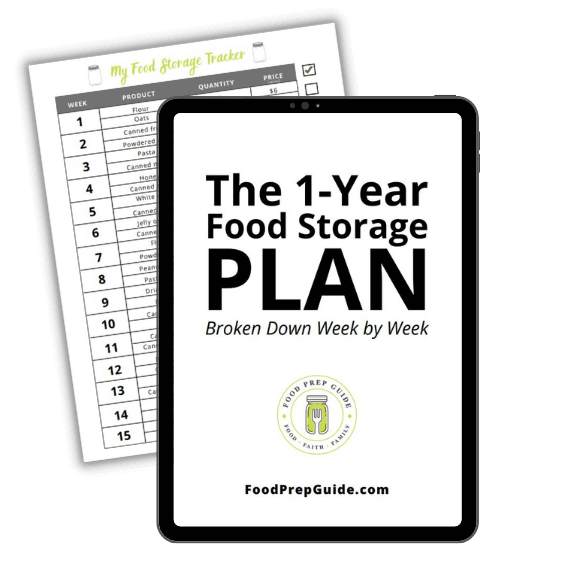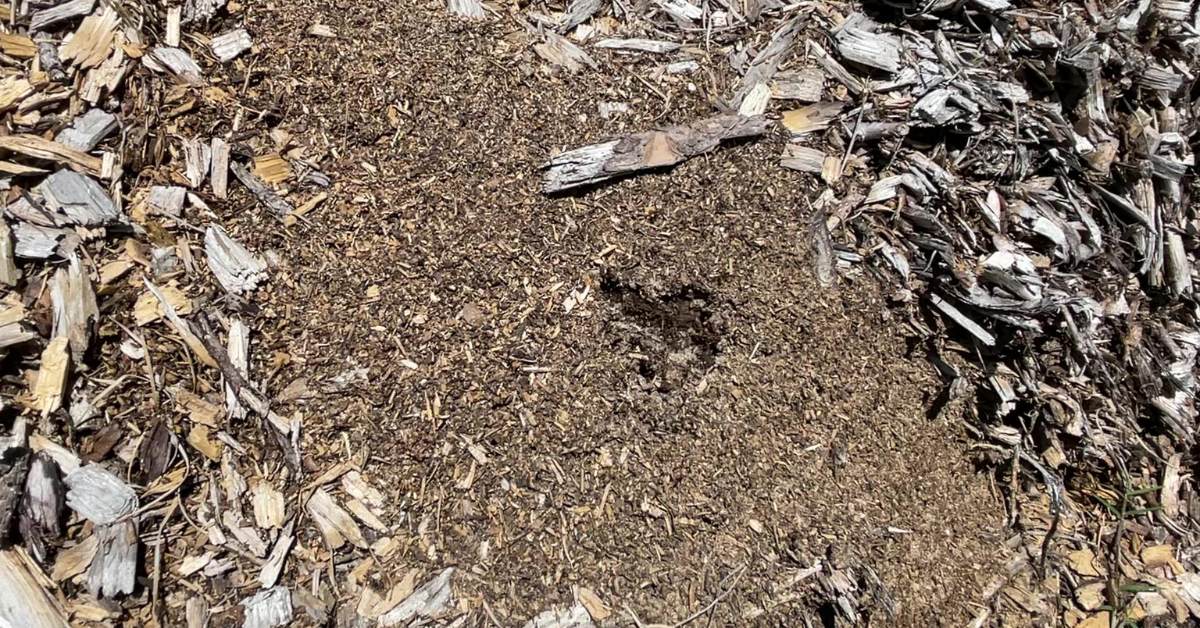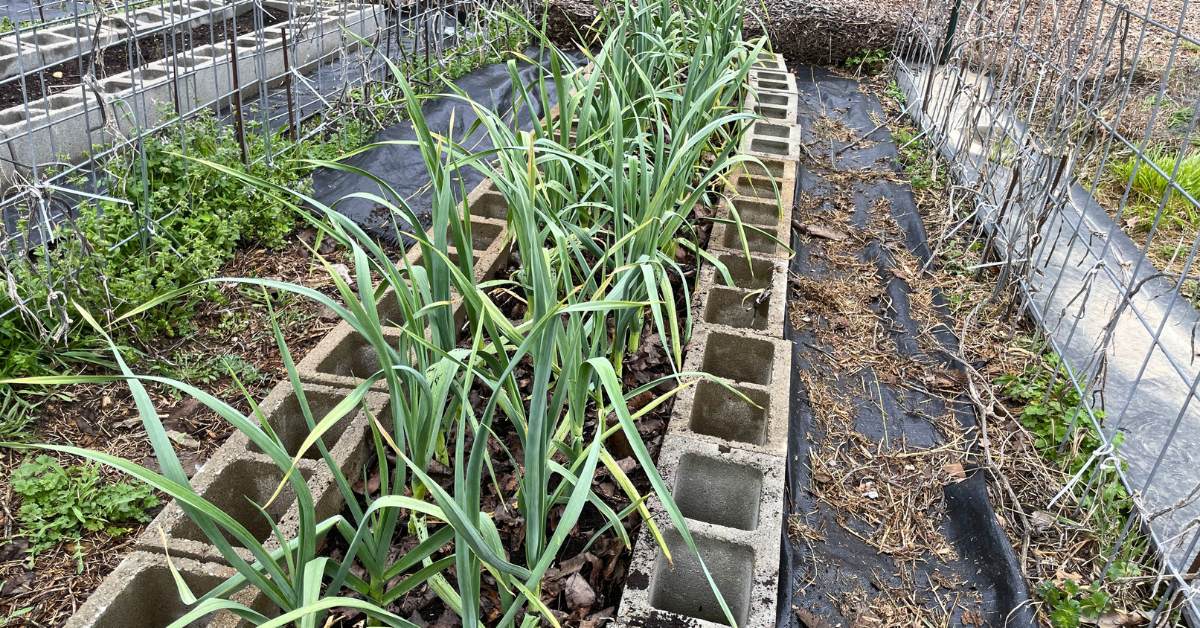Are your flax seeds lookin’ a little past their prime?
Here what’s you need to know….
Do Flax Seeds Go Bad?
Well, here we are again, exploring the depths of our pantry, and what do we stumble upon but a bag of flax seeds.
These little guys, often hailed by health-conscious individuals for their heart health benefits and a delightful source of unsaturated fats, come with a hidden caveat—they don’t last forever.
Despite their sturdy exterior, whole flax seeds possess a natural composition rich in healthy oils (specifically alpha-linolenic acid) that, unfortunately, makes them susceptible to spoilage.
So for those of us who like to sprinkle flaxseeds in our morning smoothies or whip up flax eggs for baking, just know that flax seeds do go bad, and we need to know the indicators of rancidity.
With that said, let’s take a closer look at the shelf life.
What Is the Average Shelf Life of Flax Seeds?
When it comes to whole flax seeds, if you store them in a cool, dark place—out of direct sunlight—and sealed in an airtight container, you’ve hit the jackpot.
Prices pulled from the Amazon Product Advertising API on:
Product prices and availability are accurate as of the date/time indicated and are subject to change. Any price and availability information displayed on [relevant Amazon Site(s), as applicable] at the time of purchase will apply to the purchase of this product.
The shelf life of these seeds stretches comfortably up to two years, helping you retain their health benefits without a hitch.
But it’s a different ballgame when it comes to flaxseed meal. As soon as you crack the seed open, it’s a race against the clock.
Once ground into meal (or “flax flour”), the shelf life reduces to just a few months due to its increased exposure to the elements.
Just like we talked about in this post on chia seeds, it’s best to store flax seeds whole and only grind them when you’re ready to use them.
Whether you’re using whole or ground flax seeds, the signs of spoilage are the same, so let’s discuss those.
Signs That Indicate Flax Seeds Have Gone Bad
Ensuring the longevity of flax seeds involves proper storage techniques, but even with the best efforts, they will eventually deteriorate.
Basically, any noticeable change should give us pause, but here are a few specific indicators to watch for:
- Off Odor: Fresh flax seeds have a mild, nutty scent. If you detect a rancid or sour odor, it’s a sign of spoilage.
- Discoloration: Healthy flax seeds are uniformly brown or golden. Any presence of dark spots or discoloration suggests deterioration.
- Texture Changes: Spoiled flax seeds may feel sticky, slimy, or overly dry compared to their usual crisp texture.
- Taste Alteration: Rotten flax seeds will taste bitter or stale instead of the characteristic nutty flavor.
- Presence of Mold: Mold growth, visible as fuzzy spots or clusters, indicates microbial contamination and spoilage (even if it’s just a small amount).
- Insect Infestation: Infested flax seeds may contain visible insects or insect remains, signaling spoilage and potential health hazards.
FREE FOOD STORAGE PLAN!

Does gathering and storing a year’s worth of food for your family seem overwhelming and unachievable?
Make it easy with our step-by-step plan. Subscribe to our weekly newsletter & we’ll send it to you FREE!
What Does Rancid Flaxseed Smell Like?
Ever accidentally stumbled upon something in your pantry that made you grimace and wonder, “What on Earth is that smell?”
Well, if you’ve been dabbling with flax seeds, getting to know their scent under unfortunate circumstances might be worthwhile.
Rancid flaxseed has a distinctive, off-putting odor—think old, used frying oil mixed with a dash of bitterness. It’s a sort of bitter flavor you can almost smell.
This unpleasant fragrance indicates that the flaxseed’s healthy oils have gone rancid.
Are Flax Seeds Still Edible Past Their Expiration Date?
Ah, the ever-so-tricky dance with ‘best by’ and ‘use by’ dates—especially when it comes to flax seeds, which actually do go bad and not just stale.
While these dates can serve as helpful guides, they’re not always the final word on edibility.
However, let’s not throw caution to the wind just yet.
Consuming flax seeds past their prime could invite unwelcome guests like digestive discomfort or worse given their propensity to go rancid.
So, what’s the best way to proceed?
Embrace a mixture of respect for these dates and a keen sense of observation.
If your flax seeds, be they whole seeds, flax meal, or flaxseed oil, hint at anything off—primarily an odd smell—bid them goodbye.
How to Store Flax Seeds to Make Them Last Longer
Here’s the scoop: stash whole flax seeds or flaxseed meal in airtight containers.
Prefer glass jars? Perfect. Go ahead and vacuum seal them in the jar.
Prices pulled from the Amazon Product Advertising API on:
Product prices and availability are accurate as of the date/time indicated and are subject to change. Any price and availability information displayed on [relevant Amazon Site(s), as applicable] at the time of purchase will apply to the purchase of this product.
Tuck them away in a dark place out of direct sunlight. Room temperature is cozy for the whole seeds, but if you’ve got flaxseed meal or flax oil, give them the chill life in the refrigerator.
Proper storage is your best ally in protecting both the nutritional value of flax seeds and elongating their shelf life.
Does Flaxseed Meal Go Bad Faster Than the Whole Seeds?
Real quick, let’s address why flaxseed meal might just be the diva of the flax family, demanding a bit more attention than its whole seed counterparts.
When you transform whole flax seeds into flax meal using your coffee grinder or food processor, you’re essentially exposing all those healthy oils to the harsh world outside.
These unsaturated fats, while fantastic for your heart health and packed with alpha-linolenic acid, become sitting ducks for oxidation.
This increased risk of turning rancid makes the shelf life of ground flaxseed a bit like a ticking time bomb compared to the longer-lasting whole seeds.
Best to keep that flax meal snug in the fridge!
While flax seeds offer an array of nutritional benefits, they are not invincible to the passage of time.
Even when using proper storage methods, flax seeds will eventually go bad, so pay attention to indicators such as odor, discoloration, and texture changes.
Respecting expiration dates while remaining vigilant for any signs of spoilage is key to enjoying flax seeds safely. And to achieve a longer shelf life, opt for airtight containers stored away from light and moisture.











